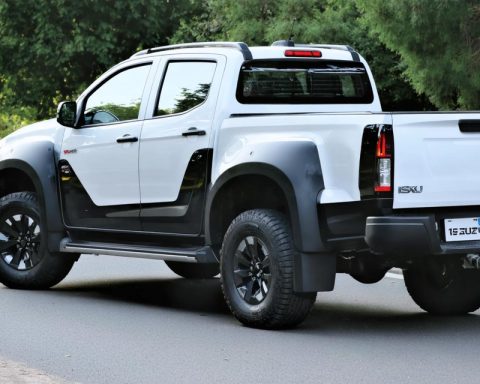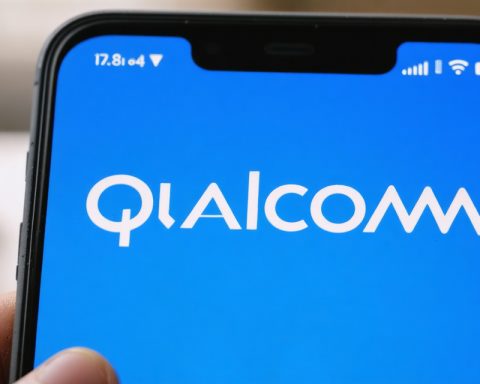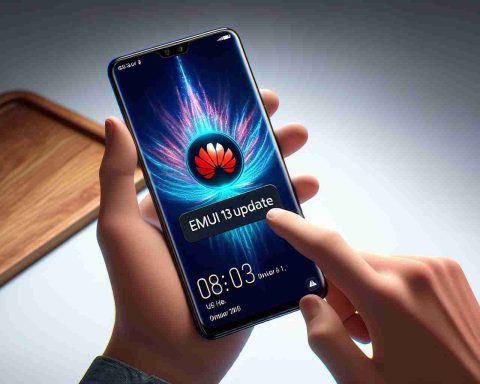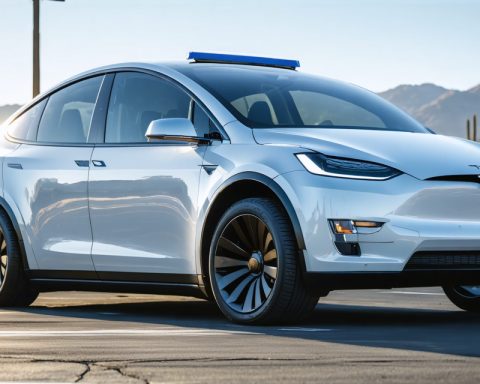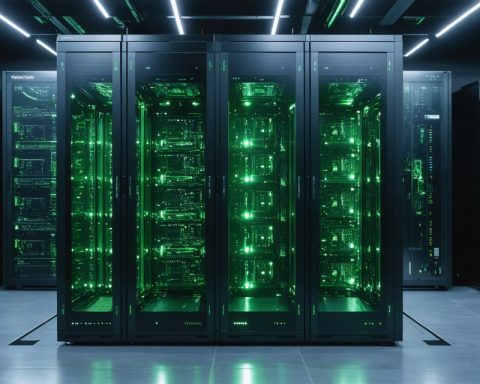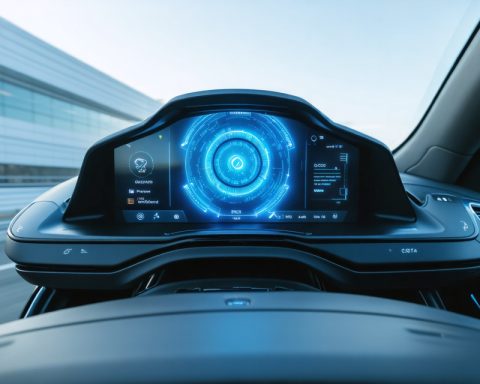In a remarkable development that could redefine customer loyalty and retention, Huawei has announced that their once-flagship phone, the Huawei Mate 20 Pro, will receive the latest EMUI 13 update. Released initially in October 2018, the Mate 20 Pro is a technologically advanced device heralded for its high-end features. This unexpected upgrade highlights Huawei’s dedication to providing continuous support for its older models, fostering an environment of trust and longevity in its user base.
Enhanced Features: EMUI 13 brings with it a host of fresh capabilities aimed at enhancing the user experience. From refined AI photography, enhanced security, to an even smoother user interface, this update promises revamped performance on older hardware. Even standard features like Multi-screen Collaboration are being refined, allowing the Mate 20 Pro to seamlessly integrate with other Huawei services and devices.
Future-proofing the Ecosystem: By maintaining compatibility with older models, Huawei is strategically positioning itself as a manufacturer of long-lasting, reliable smartphones. This move can potentially widen its customer base, enticing users who value long-term software updates. As the tech world shifts toward more sustainable practices, Huawei’s ongoing support for the Mate 20 Pro could pave the way for future-oriented strategies that benefit users and the environment.
A Strategic Leap: This update not only extends the Mate 20 Pro’s lifespan but also sets a precedent that may encourage other manufacturers to adopt similar long-term service strategies. By introducing EMUI 13 to an older device, Huawei reaffirms its commitment to innovation and customer satisfaction, potentially influencing industry standards and consumer expectations in the future.
Huawei’s Surprise Update: How It’s Changing Smartphone Longevity
In an era where smartphones often become obsolete within a couple of years, Huawei’s decision to release the latest EMUI 13 update for the Mate 20 Pro, a five-year-old model, has stirred conversations about tech sustainability and brand loyalty. This unexpected move not only benefits customers but also sparks debates in the tech industry regarding the lifecycle of modern electronic gadgets.
Sparking Controversy: In contrast to mainstream practices where manufacturers discontinue support in just a few years to push new sales, Huawei’s choice throws a spotlight on a controversial topic: planned obsolescence. Critics argue that the industry often nudges consumers towards frequent upgrades, exacerbating electronic waste. This move by Huawei challenges that notion, potentially pressuring other companies to reconsider their strategies.
Advantages for Users: For users, extended software support means increased security and access to newer features without having to purchase new hardware. This could lessen consumer expenses and reduce electronic waste, aligning with growing environmental concerns.
Impact on Communities: Communities worldwide, especially in regions where technology access is limited by economic factors, could greatly benefit from such extendable lifespans of devices. Older phones that remain operationally sound can continue to serve educational, communicational, and professional purposes, thereby bridging digital divides.
However, one must ponder: will this model hinder technological progress? If manufacturers focus too intently on existing models, innovation might stifle. Nevertheless, Huawei’s commitment to long-term updates presents a pivotal blueprint for sustainable technology. As tech dialogues evolve, this could potentially redefine expectations globally.
For more insights on tech sustainability and innovation, explore The Verge and CNET.


